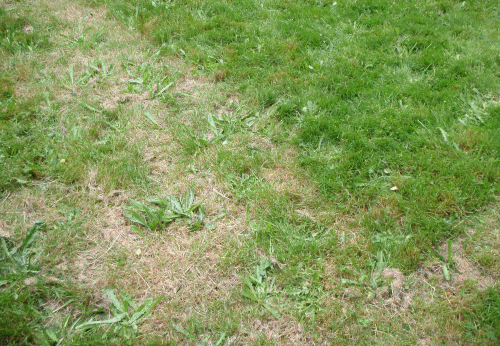Methylene urea sounds as though it has undergone some industrial processing, but it was probably derived from some organic source rather than Fischer-Tropsch.
Nitrate of soda, similarly, has undergone some natural or artificial purification process; it's a mineral, so doesn't really count either way IMHO.
I happen to disbelieve the doctrine of vitalism, and so I'm not entirely qualified to determine the trueness of a product's organicity.
I can say that as water-soluble nitrogen, bot methylene urea and nitrate of soda will get a quick response from nitrogen-deficient plants, but will tend either to wash away or drive the oxidation of soil organic matter if used to excess. Nitrate of soda more so; I might steer clear of it if total precipitation (plus irrigation) is low where you live, just because it contains sodium.
I bet the composted poultry manure will contain significant nitrate as well. Nitrate is the form most usable by plants, I think of it in the terms I think of sugar in the human diet: used up quickly, great in moderation, bad news if too refined or too abundant.
Hydrolysed feather meal will decompose slowly in place, having some of the same benefits as
compost, but without doing as much to build soil's capacity to store nutrients.
Poultry manure I'm a little worried about in some cases, because many chickens are fed arsenic compounds. Presumably organically-raised chickens are not, but I have no idea whether USDA certification standards allow organic fertilizer to be derived from non-organic feeding operations. I understand the arsenic isn't absorbed, so it wouldn't be in their feathers, bones, or meat, only the manure.
"the qualities of these bacteria, like the heat of the sun, electricity, or the qualities of metals, are part of the storehouse of knowledge of all men. They are manifestations of the laws of nature, free to all men and reserved exclusively to none." SCOTUS, Funk Bros. Seed Co. v. Kale Inoculant Co.






